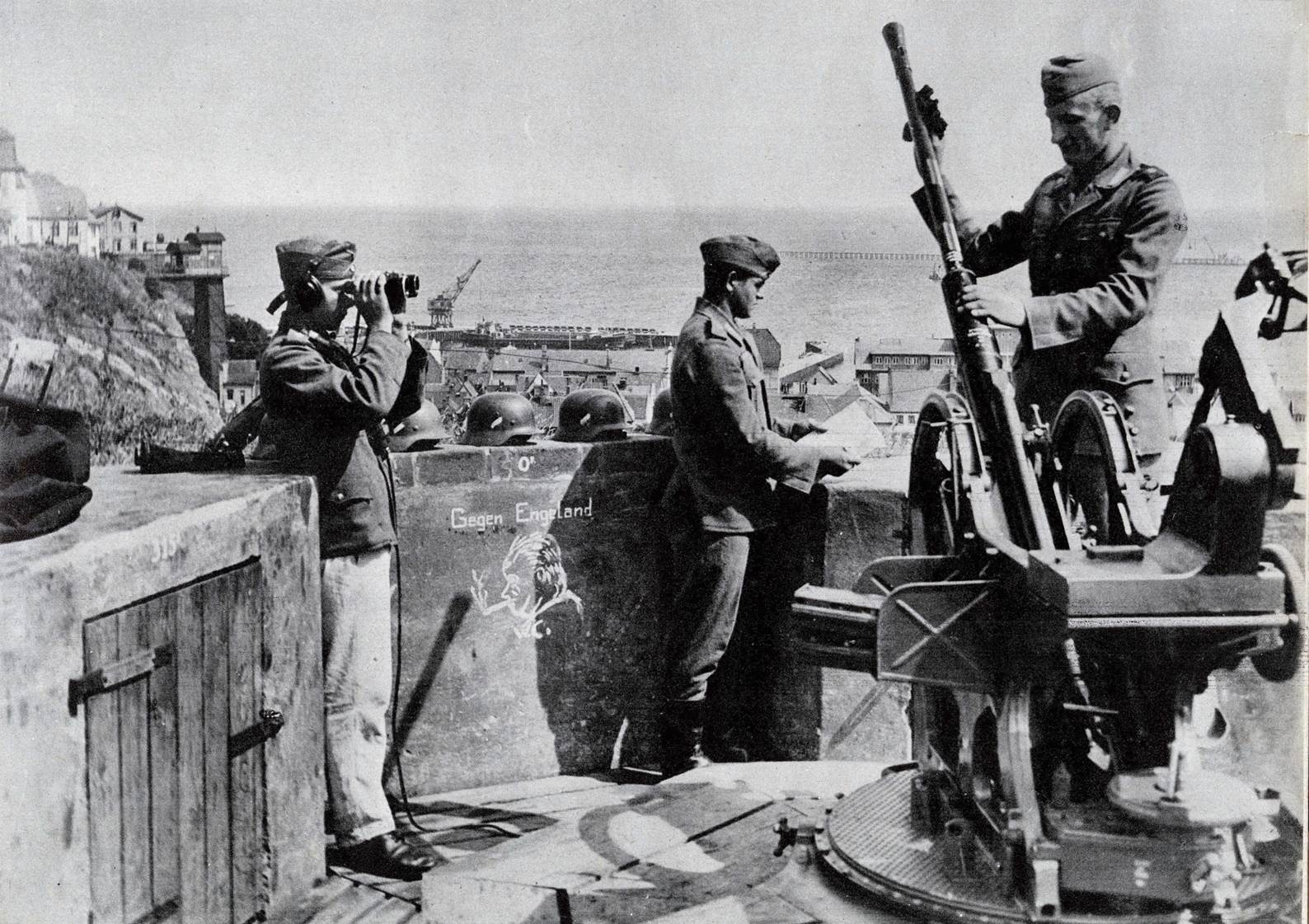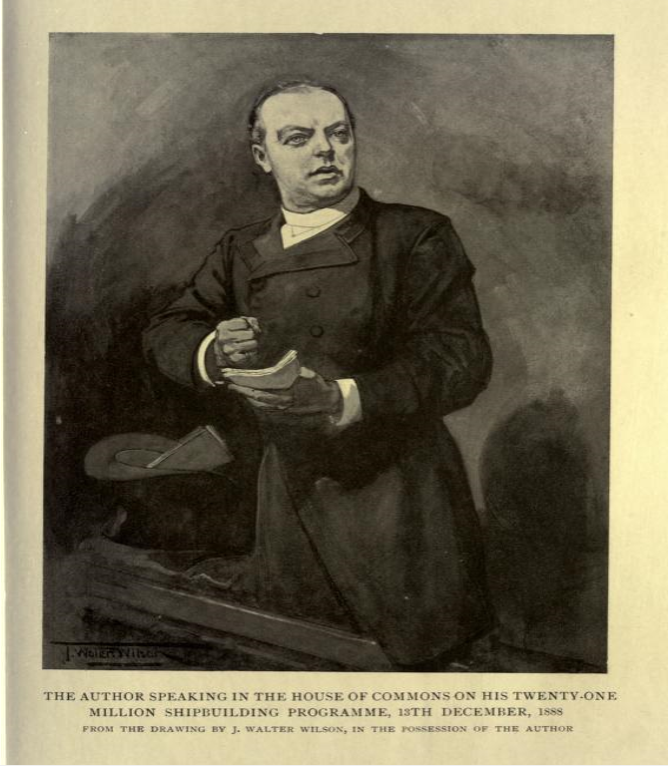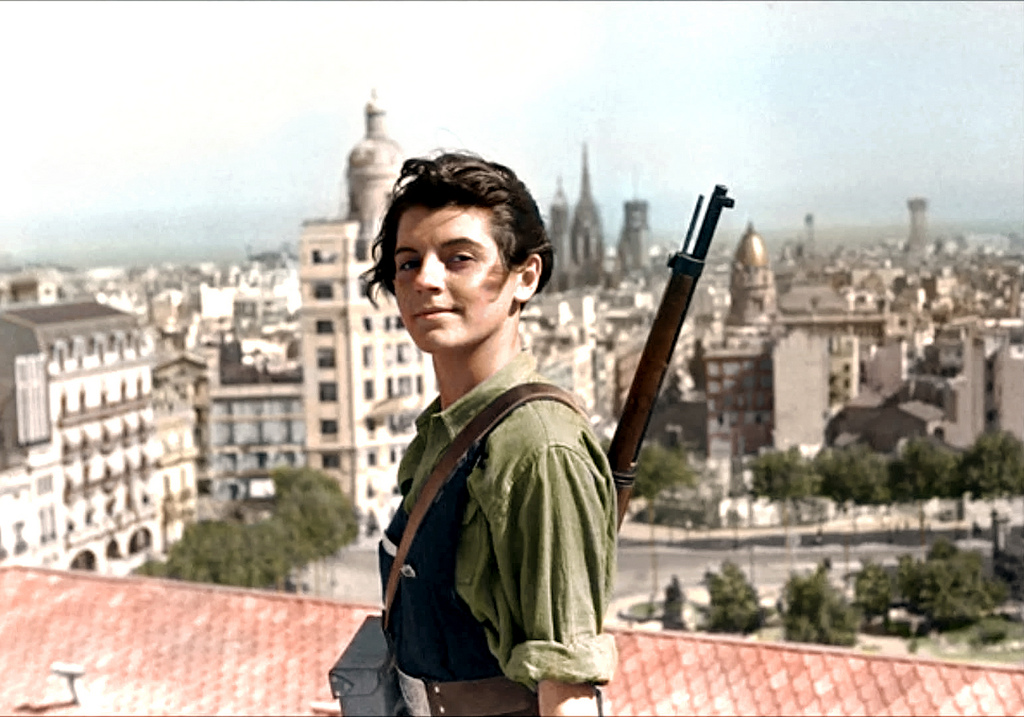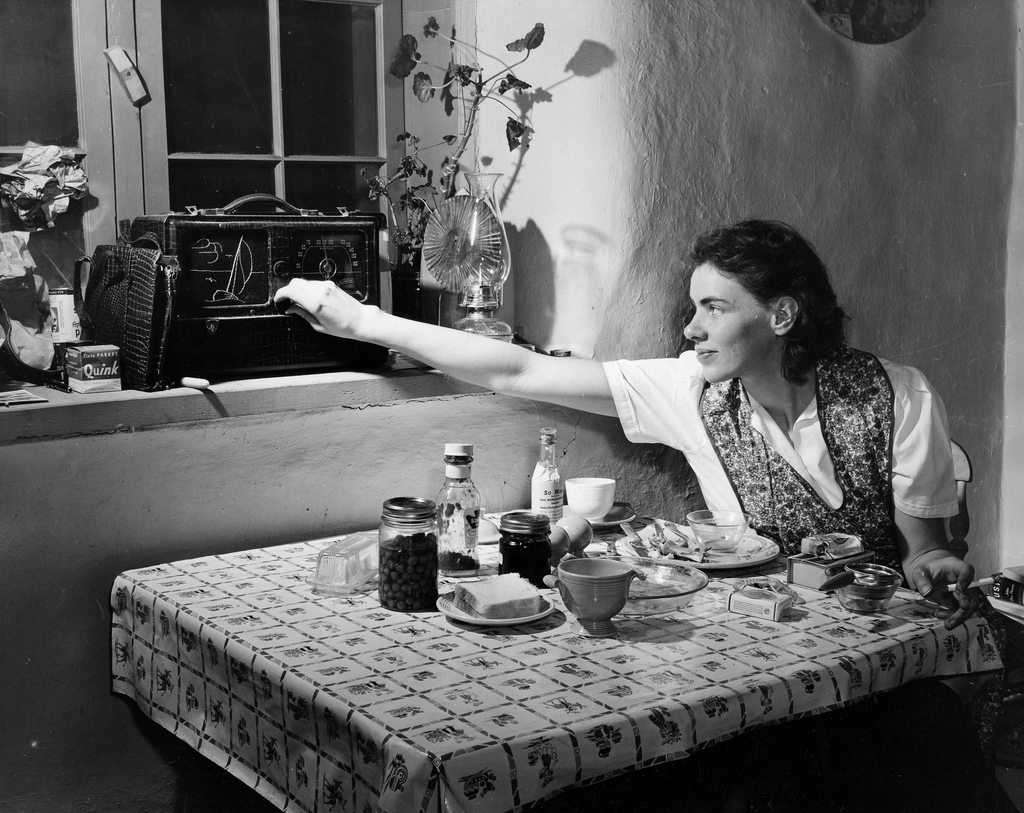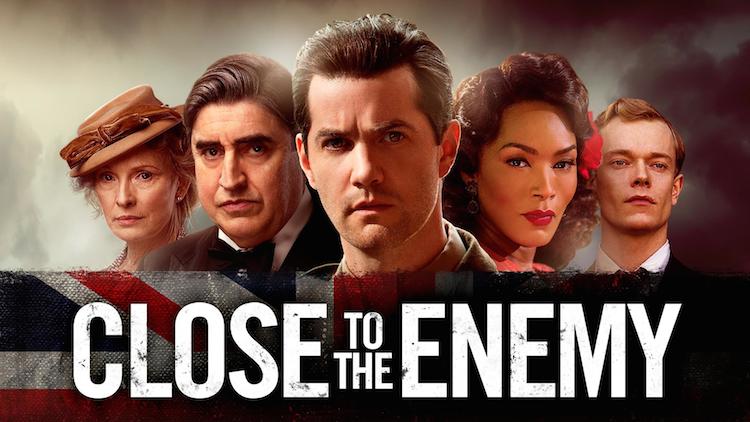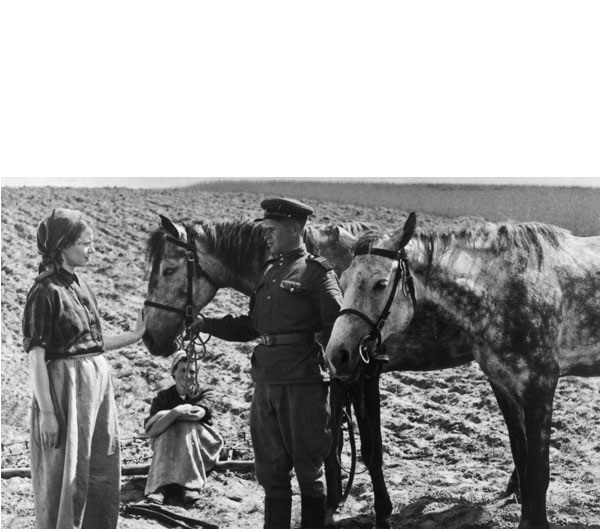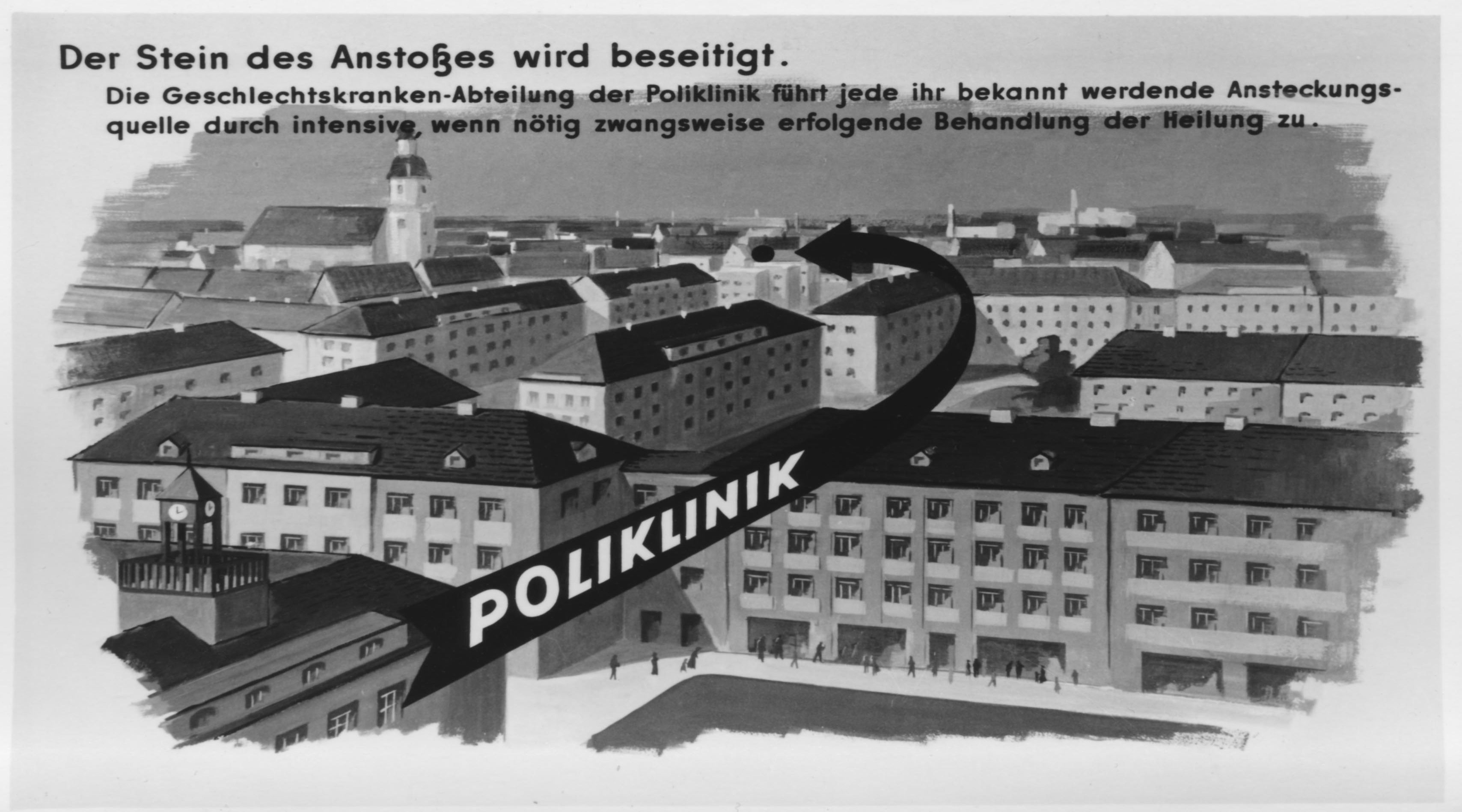Written by Jan Rüger.
What role did Heligoland, Britain’s smallest colony for much of the nineteenth century and a German naval stronghold in two world wars, play in Nazi propaganda? The island outpost, 50 miles off the North German coast, signalled Germany’s determination to turn past defeat into future victory, but it left open the question what sort of a war the Nazis were preparing for. Behind the bold front, Hitler’s attitude towards Britain remained ambivalent. He was keen to keep Britain at least initially out of a war in which he anticipated Germany would suppress Western Europe and conquer much of Eastern Europe. His belief in the possibility of an Anglo-German accommodation was premised on ideological and strategic assumptions about Britain and Germany which were shared not only amongst the Nazi leadership: ideas about cultural and racial affinities; fantasies about the division of the world between a land-based Nazi empire and a sea-based British empire. The Anglo-German naval agreement, signed by Joachim von Ribbentrop and Sir Samuel Hoare on 18 June 1935, was welcomed by Hitler as an important step in that direction. This was little more than an arms limitation treaty, establishing that the German navy would not expand beyond 35 per cent of the Royal Navy’s tonnage. Still, the agreement was hailed in the German press as putting to rest the historic rivalry between the two nations. According to Ribbentrop, Hitler called the 18th of June ‘the happiest day of his life’.
Leave a Comment
